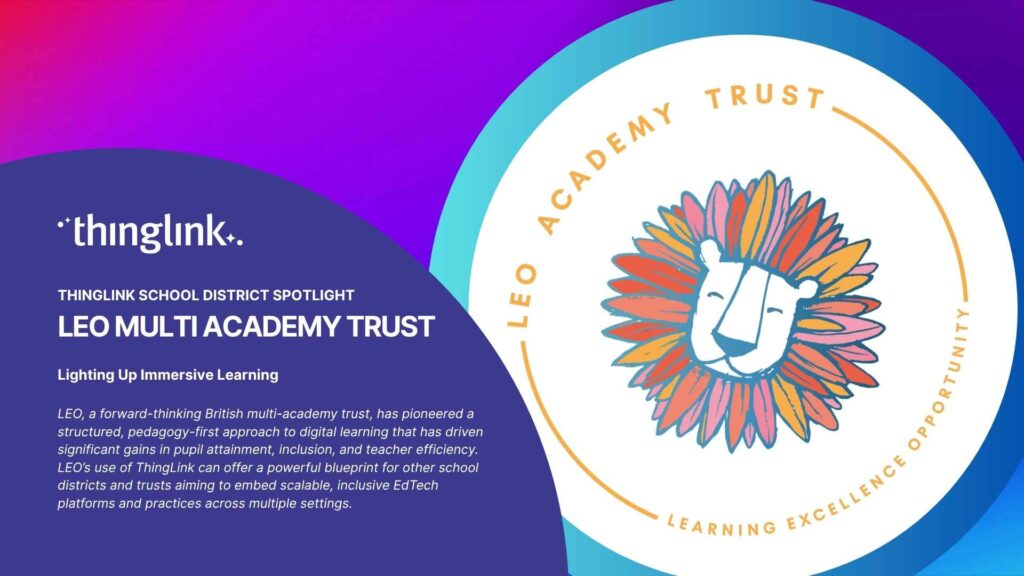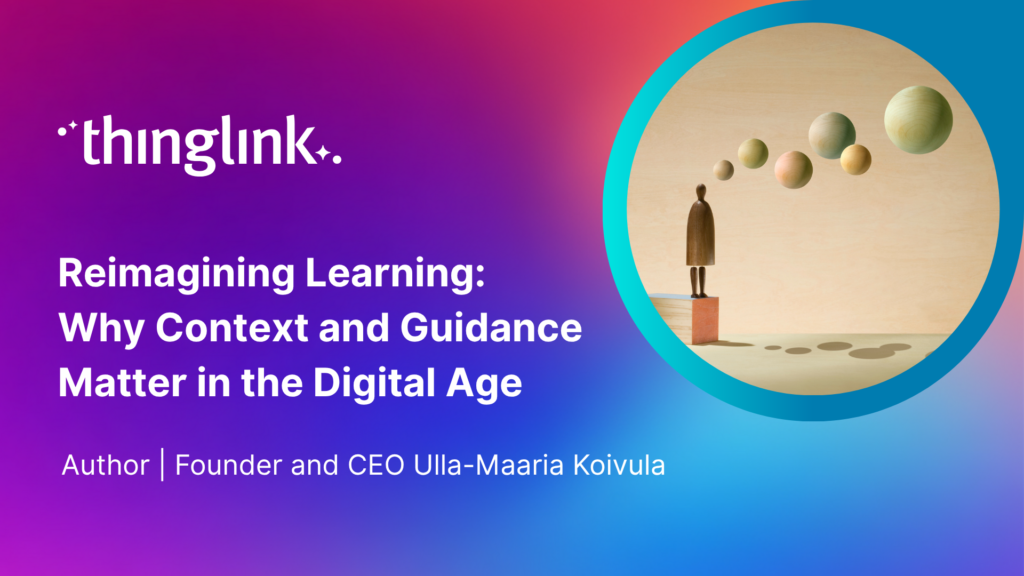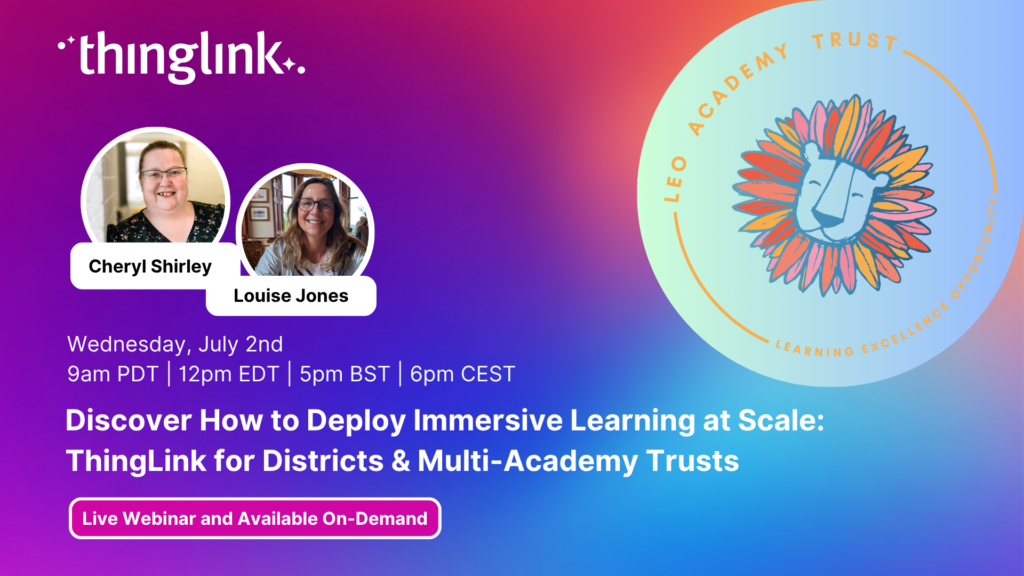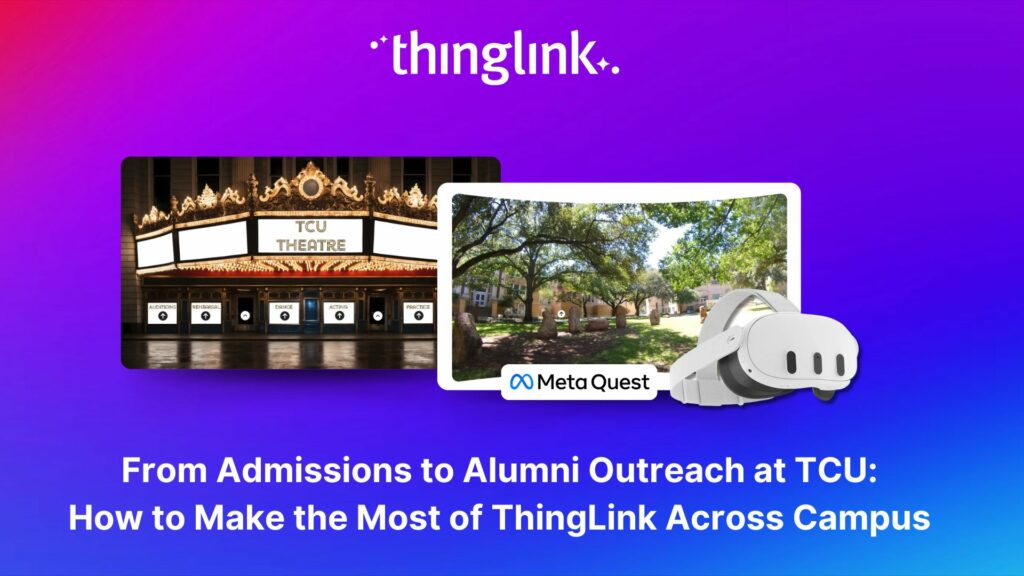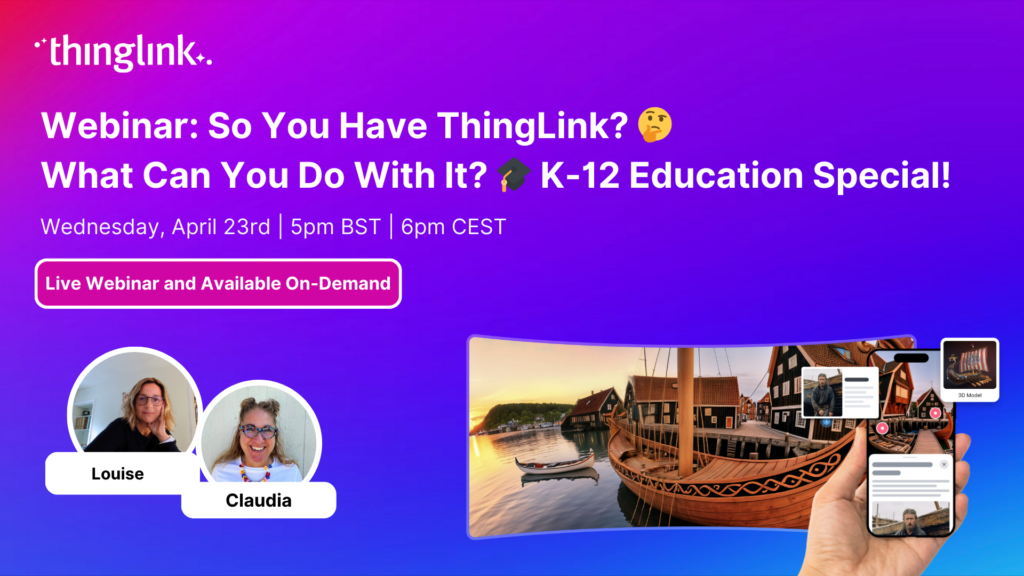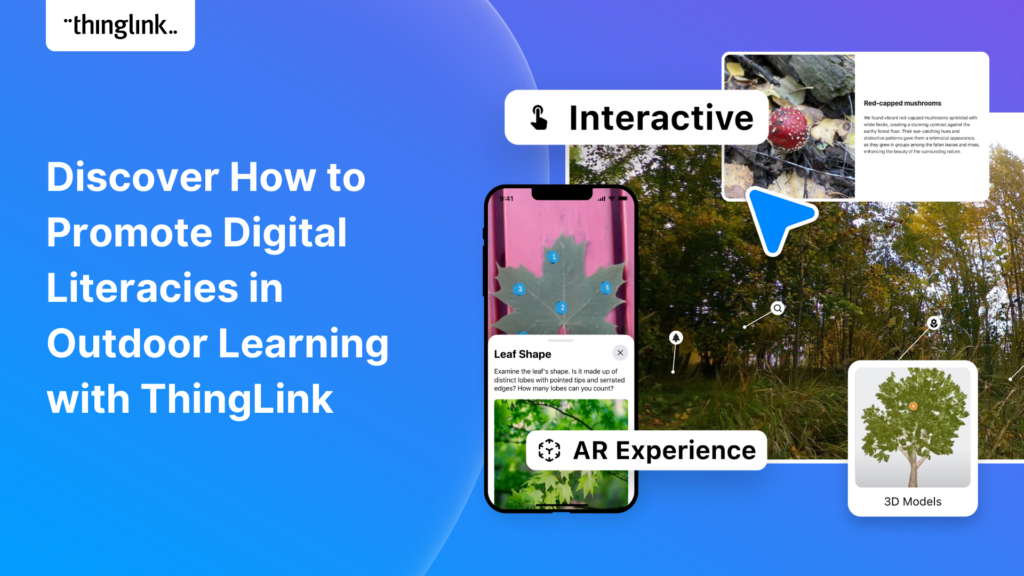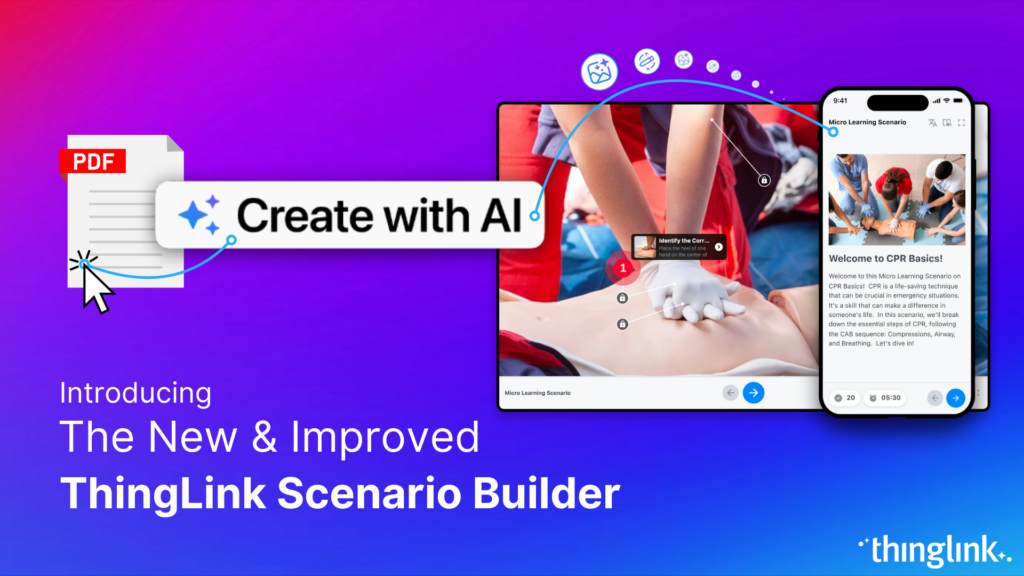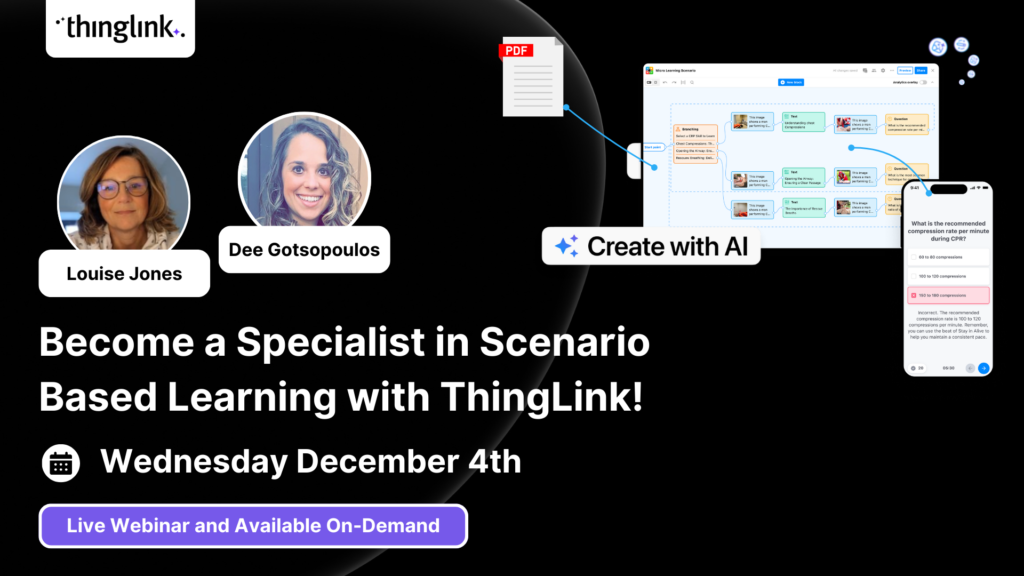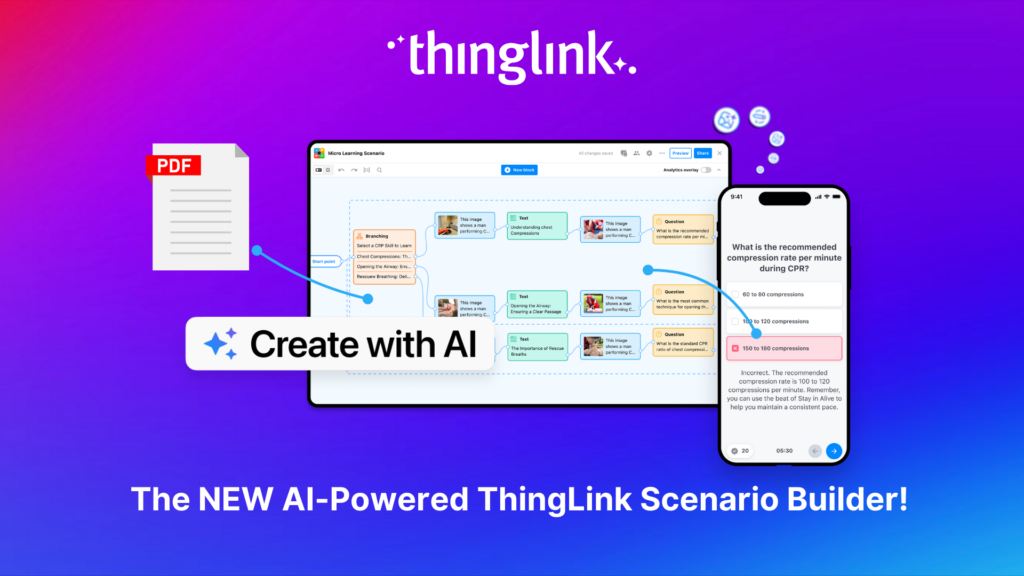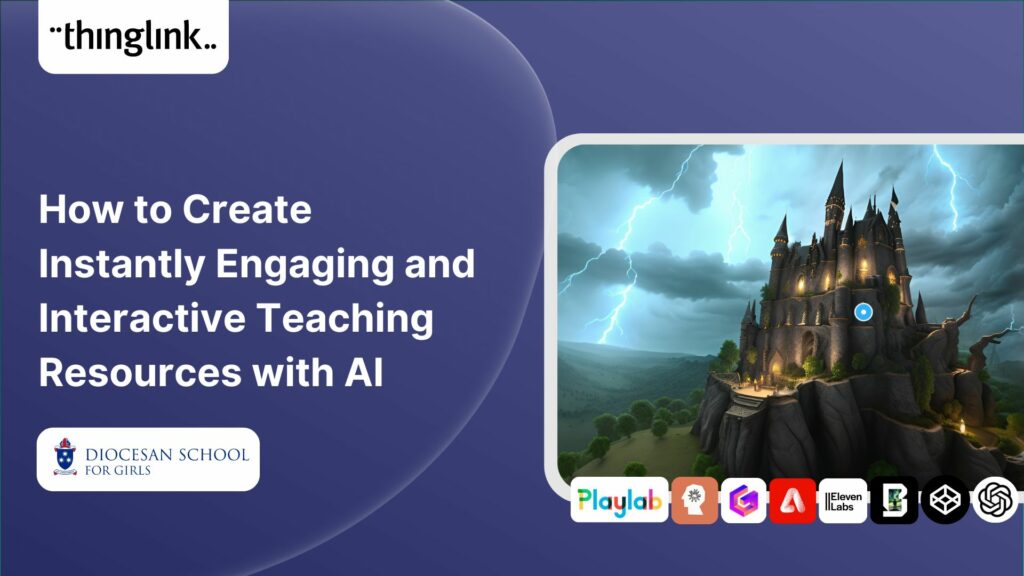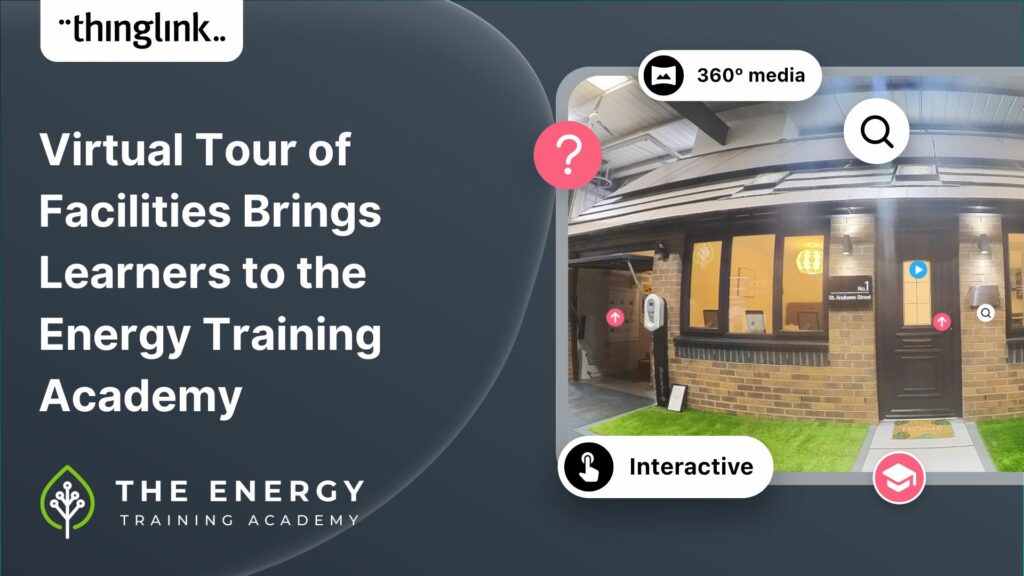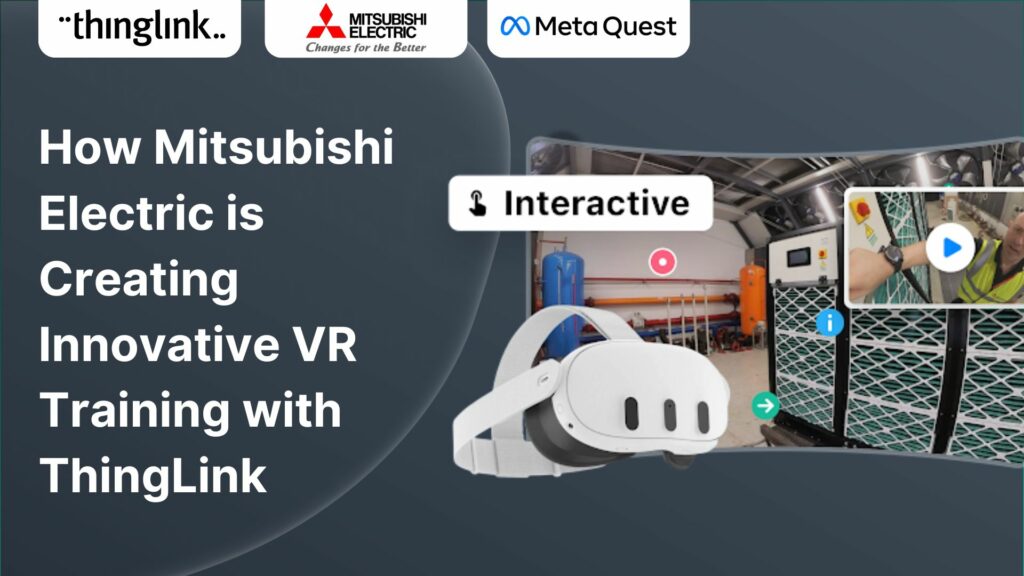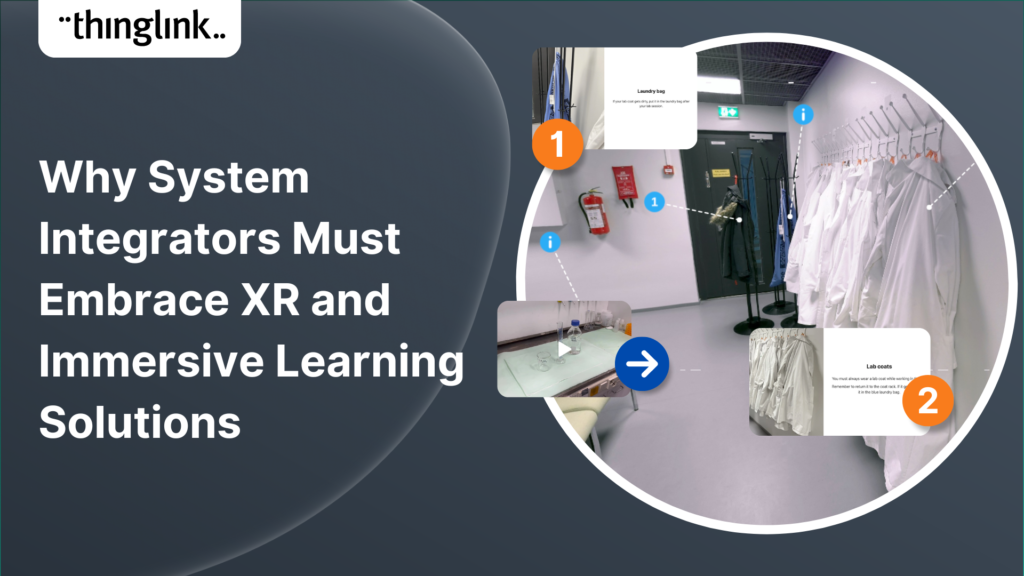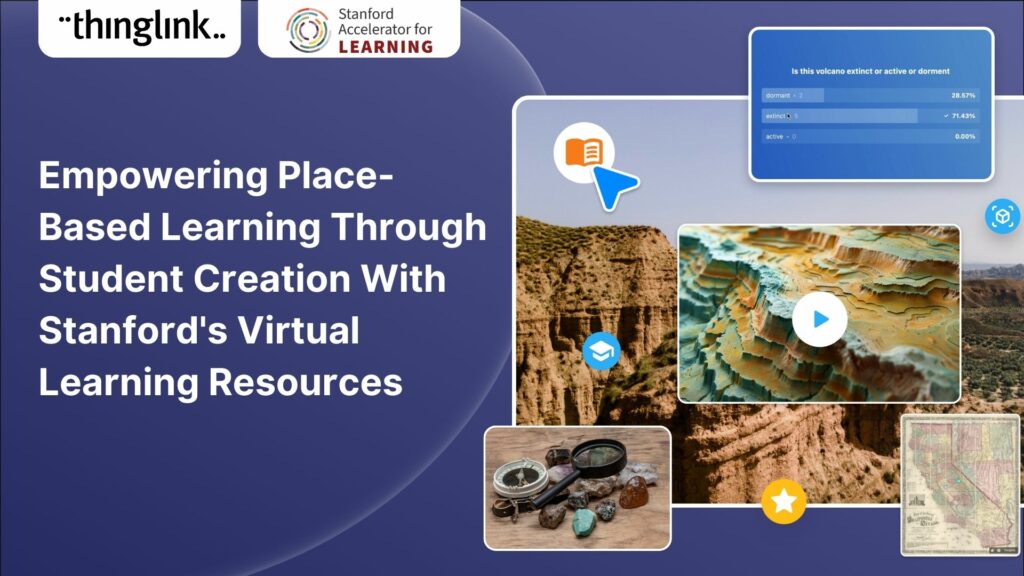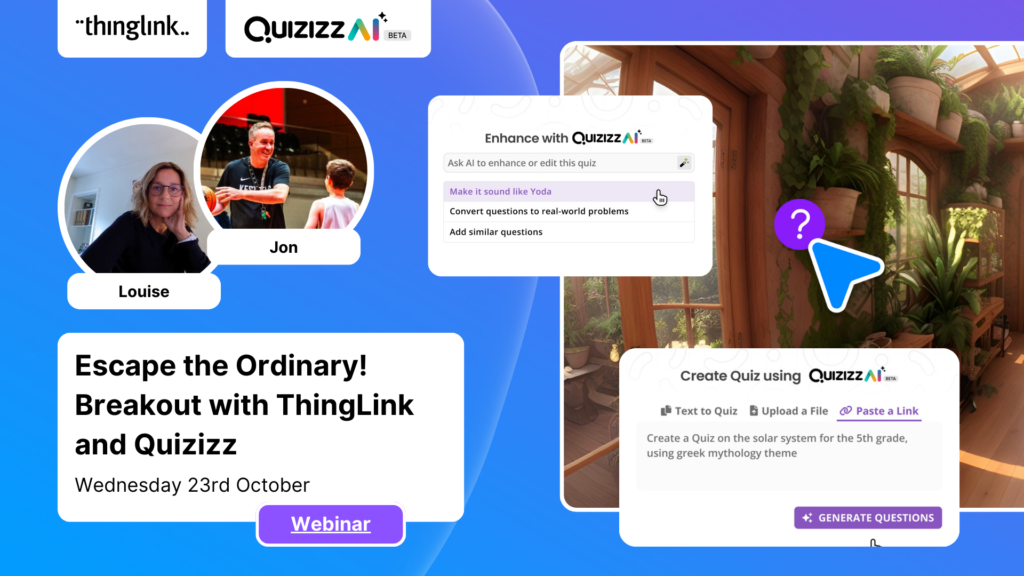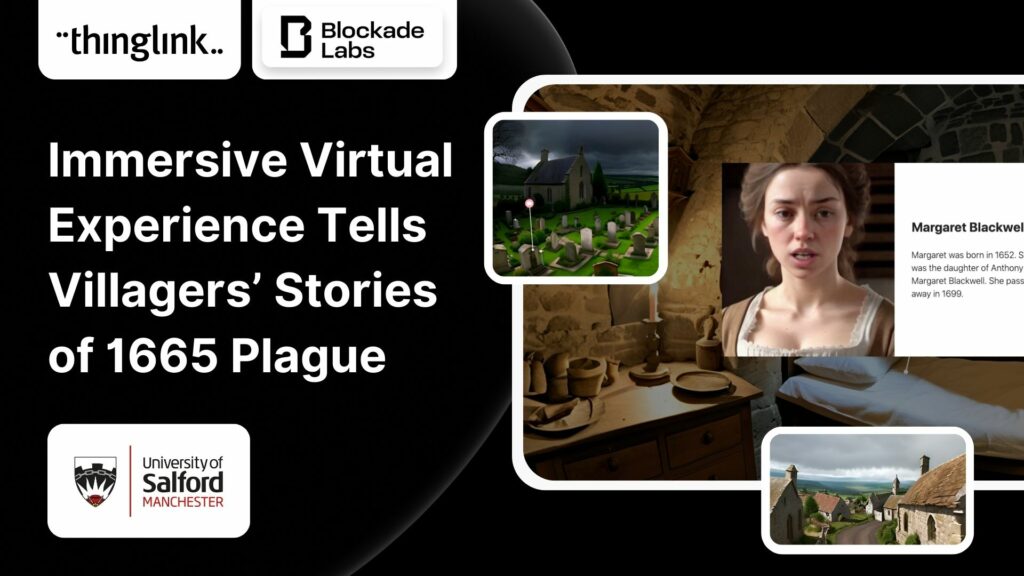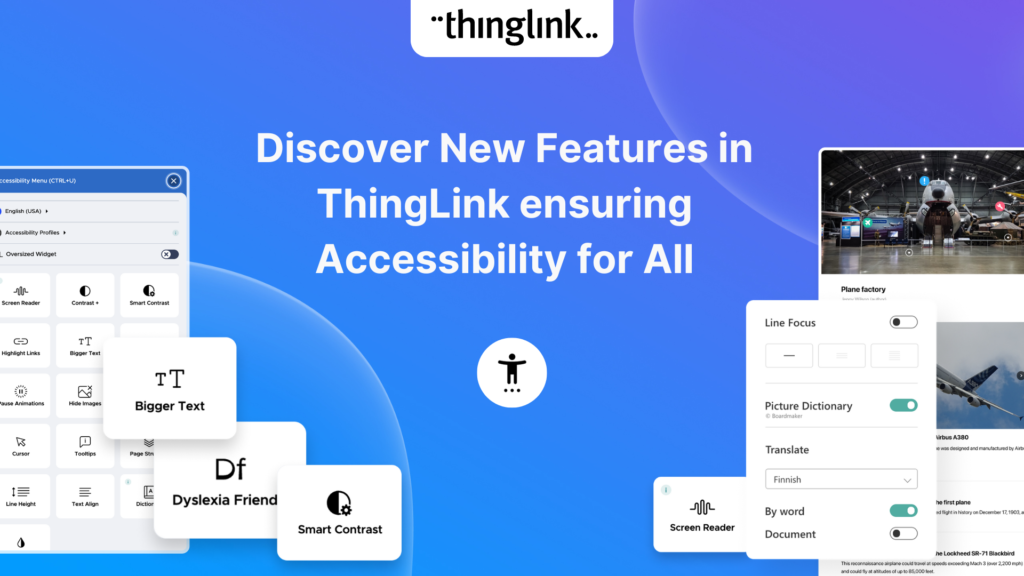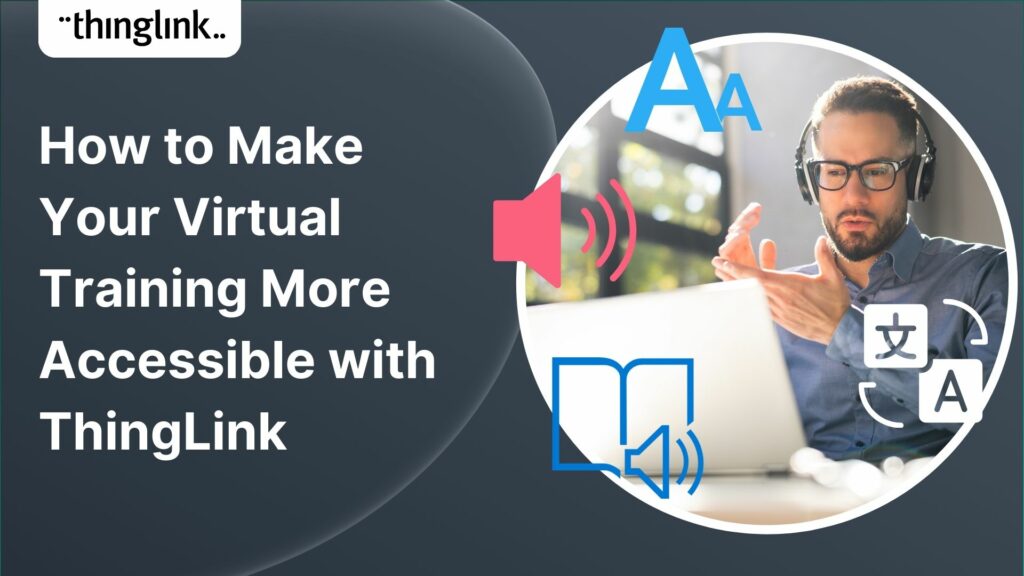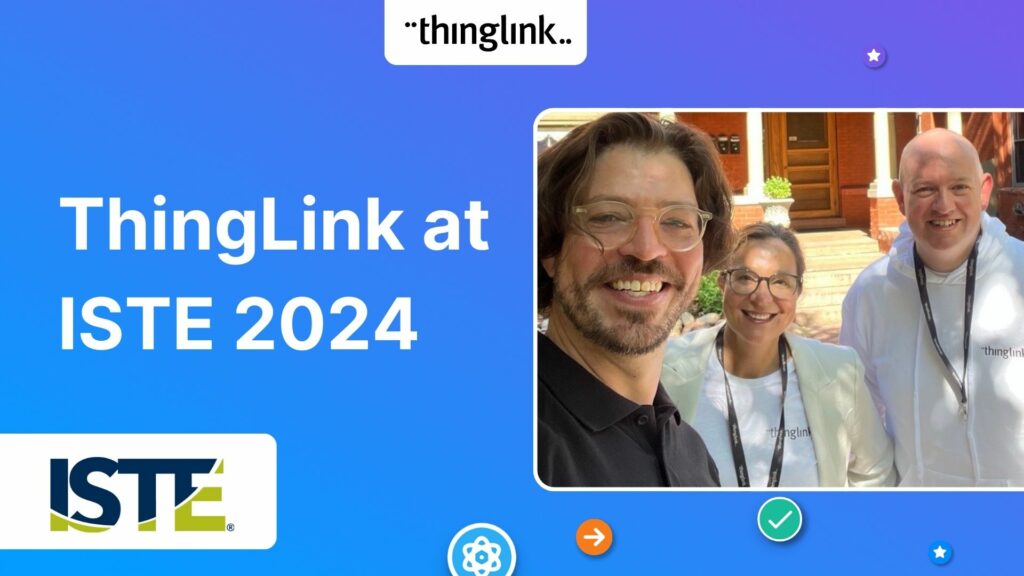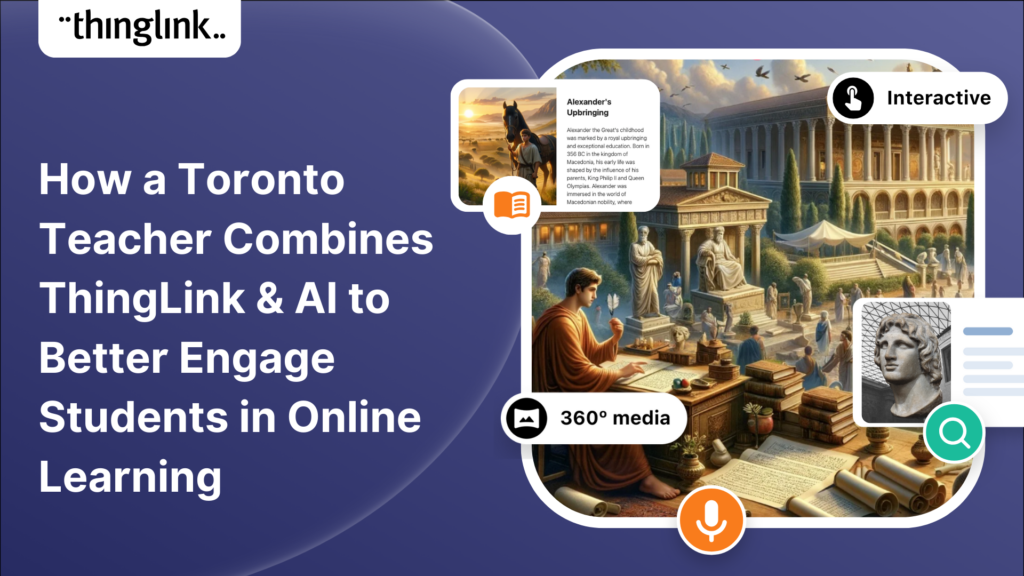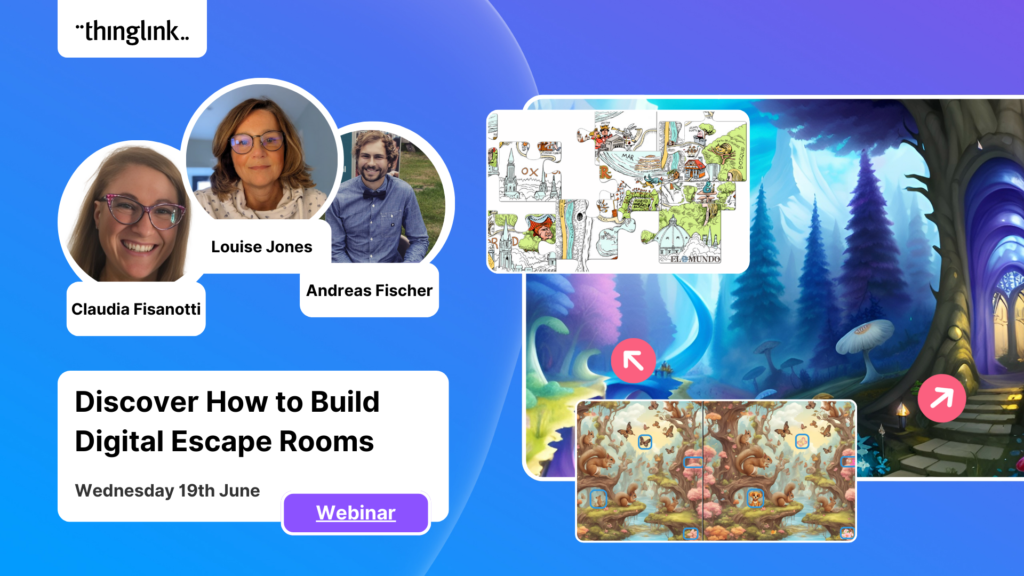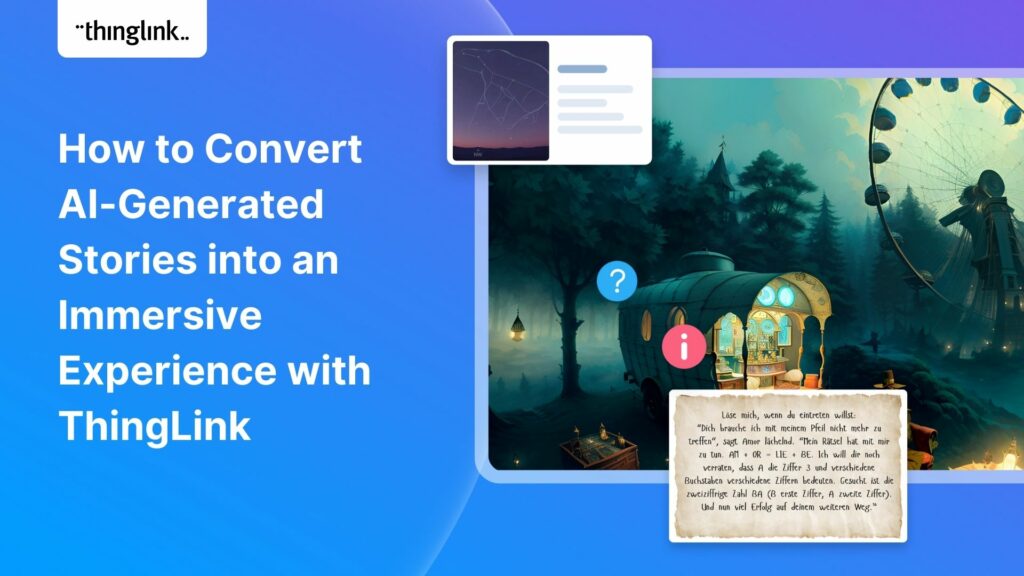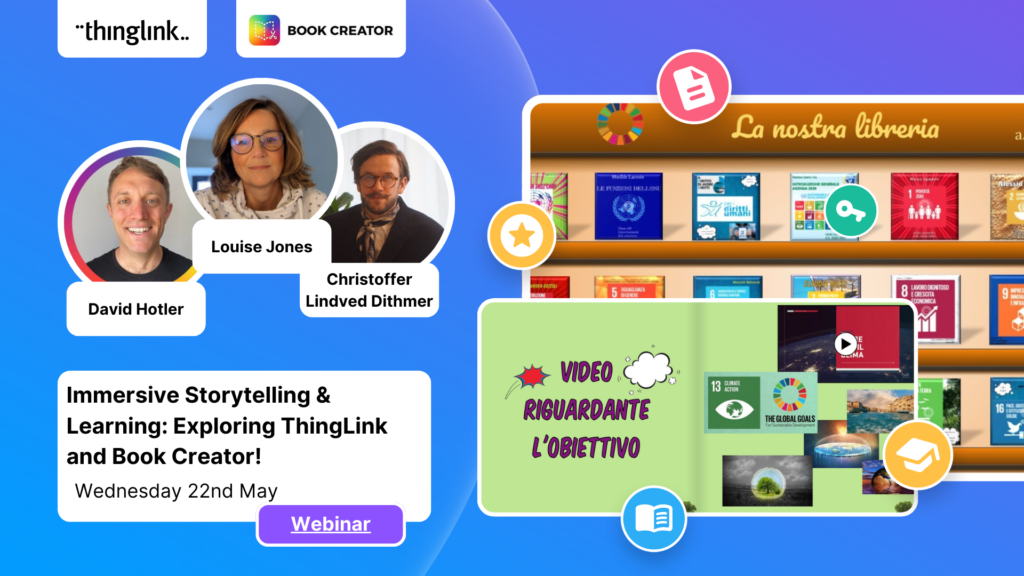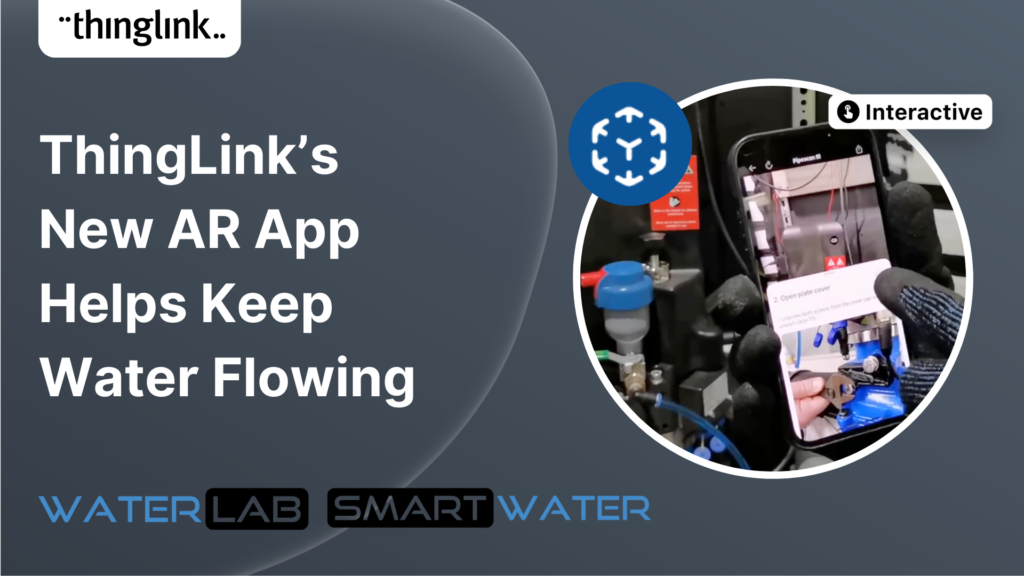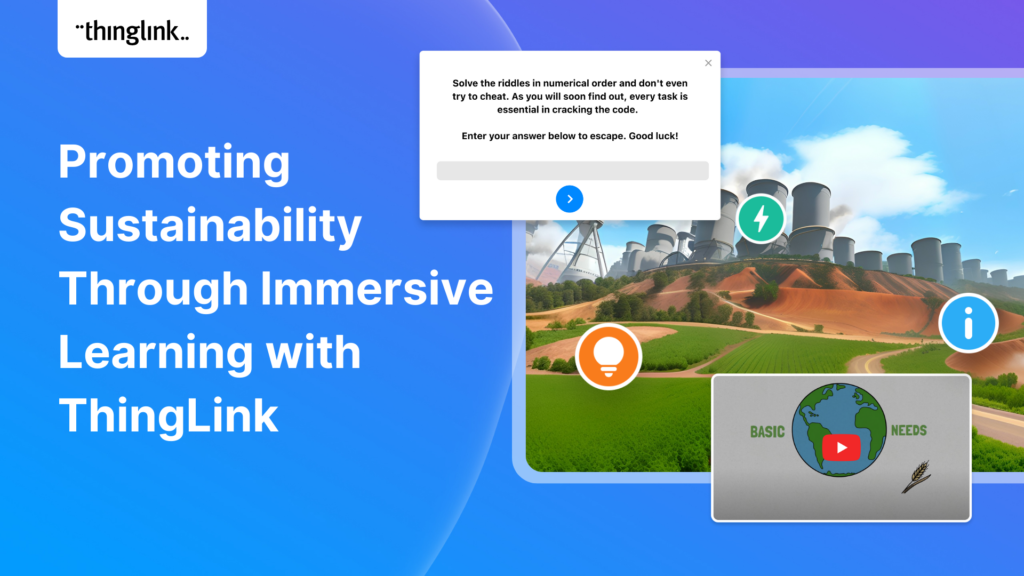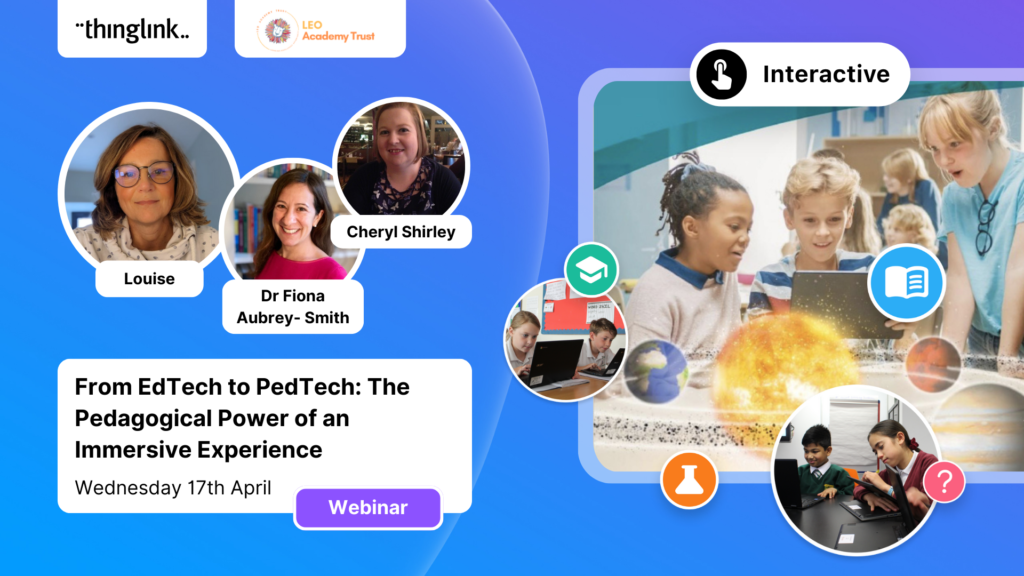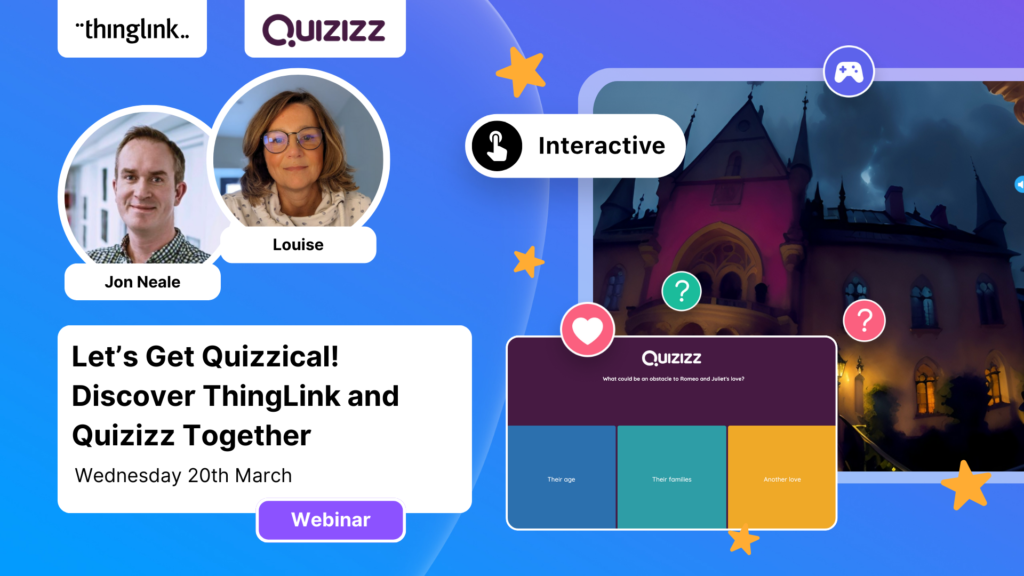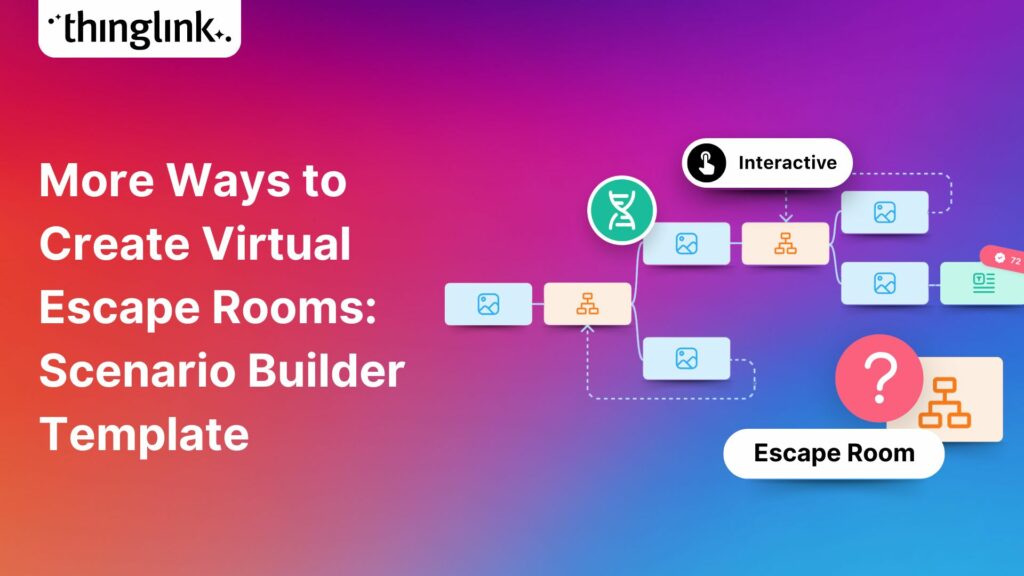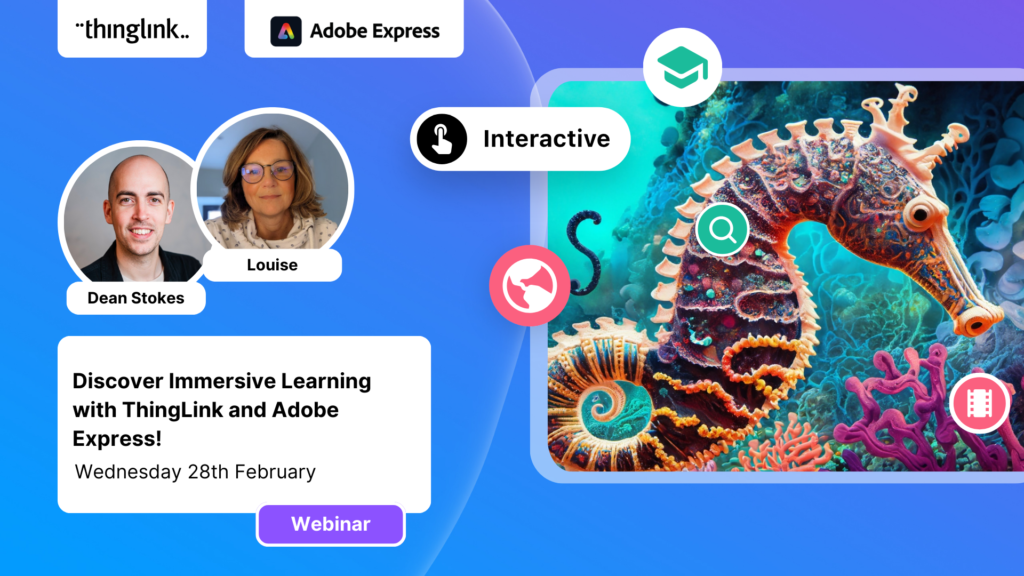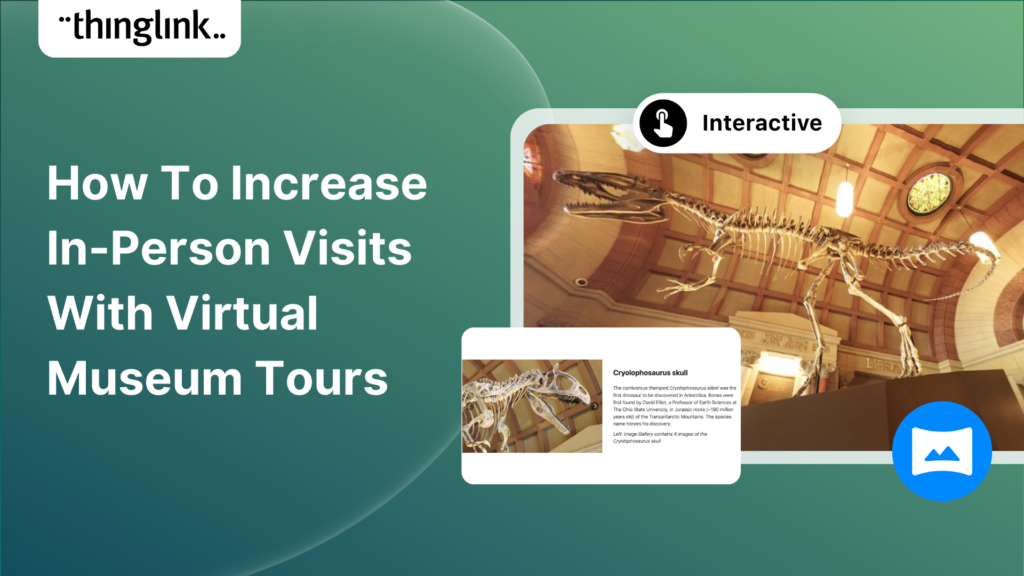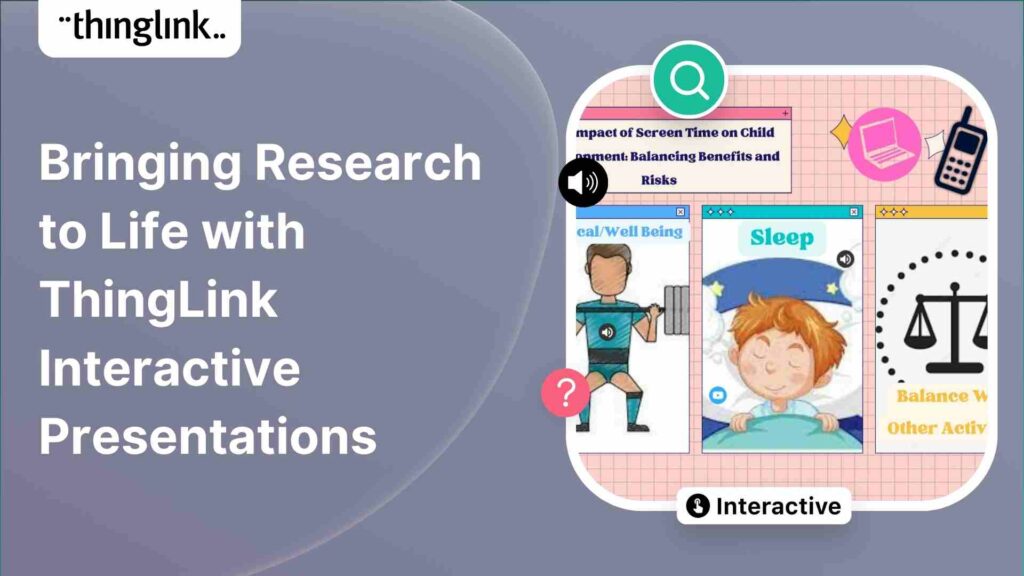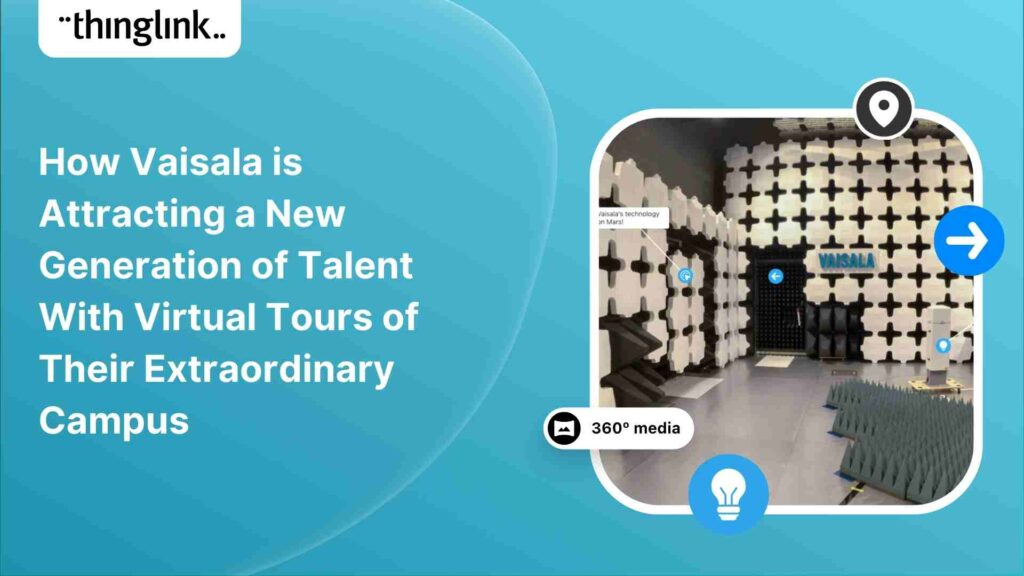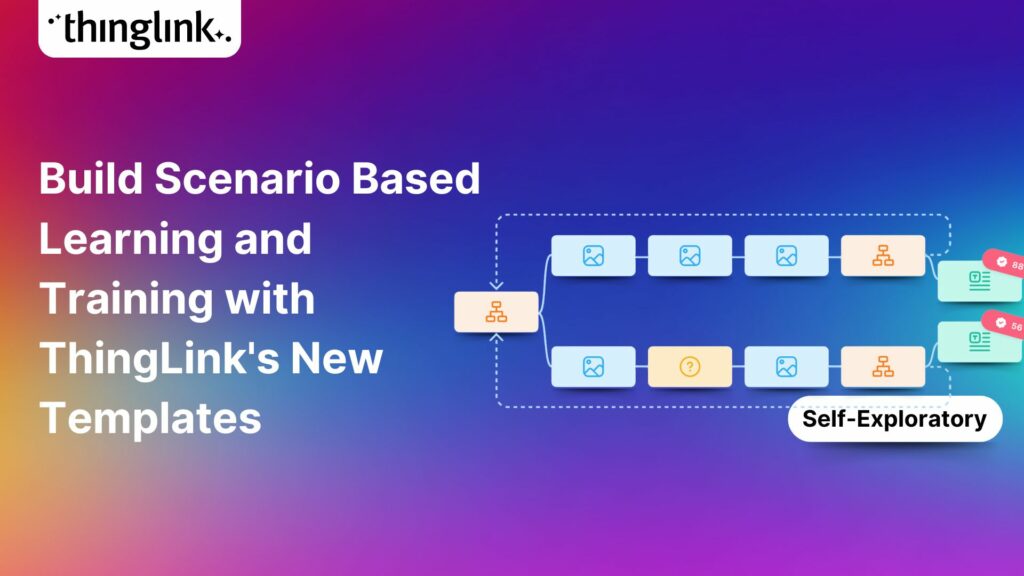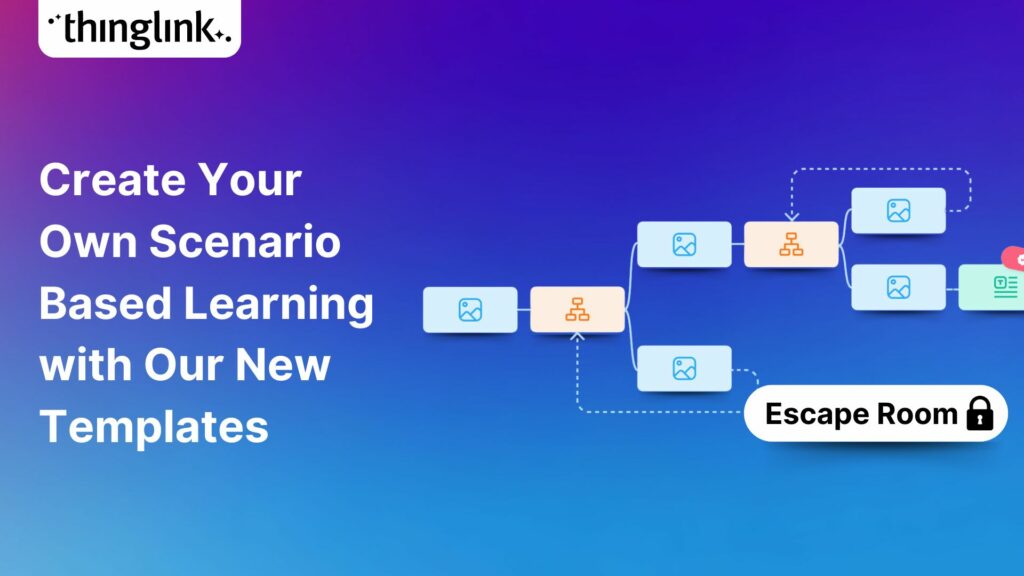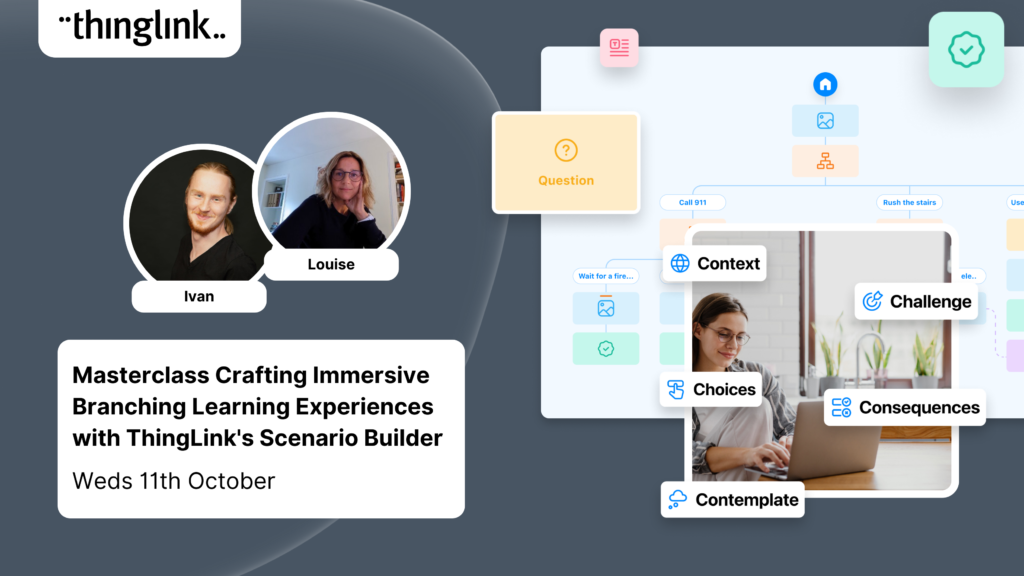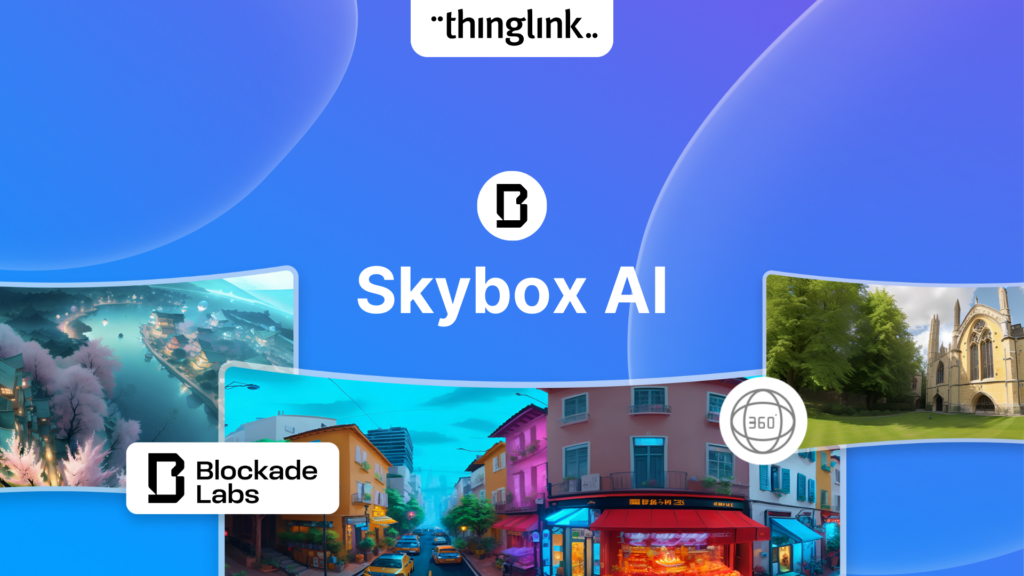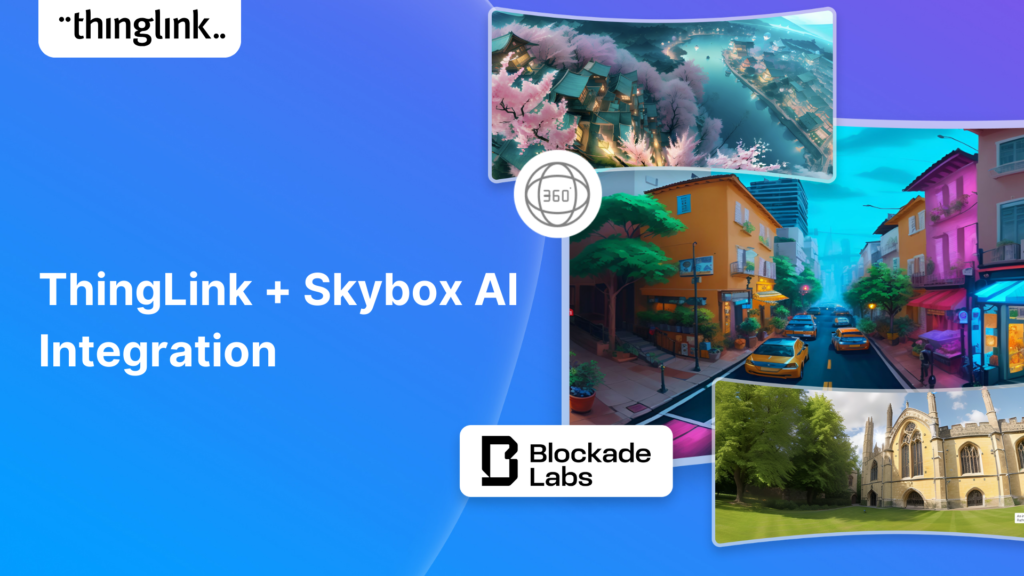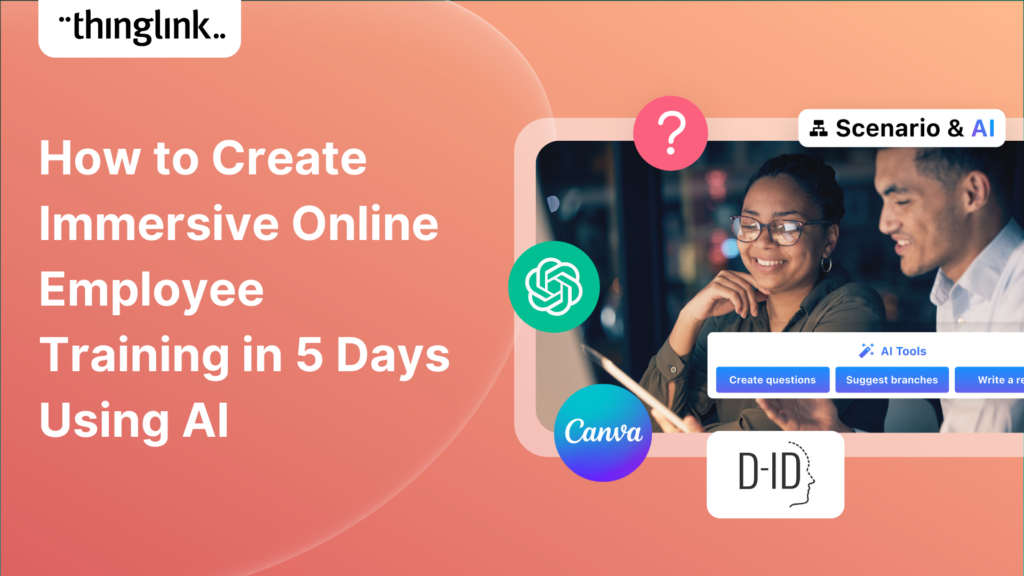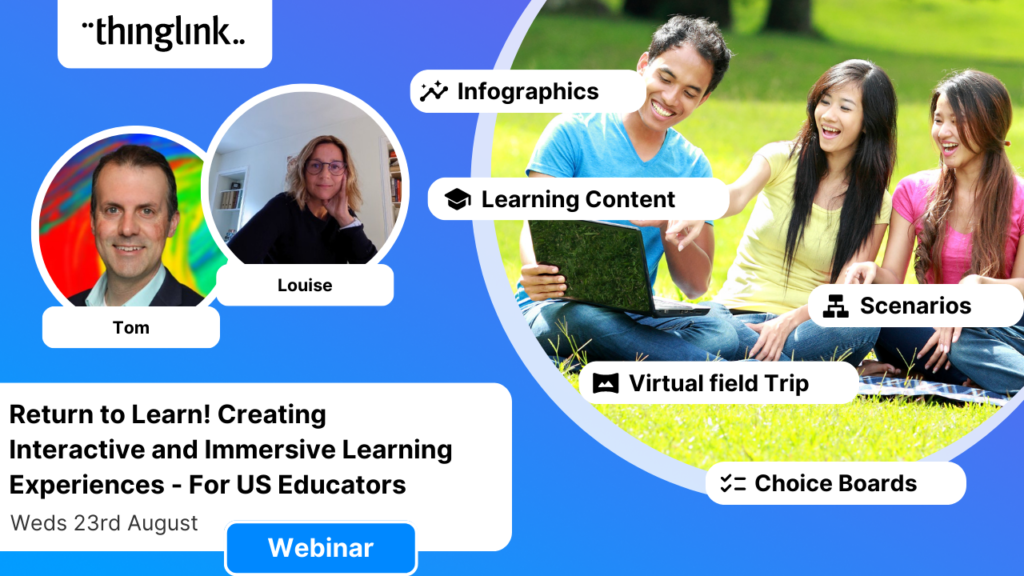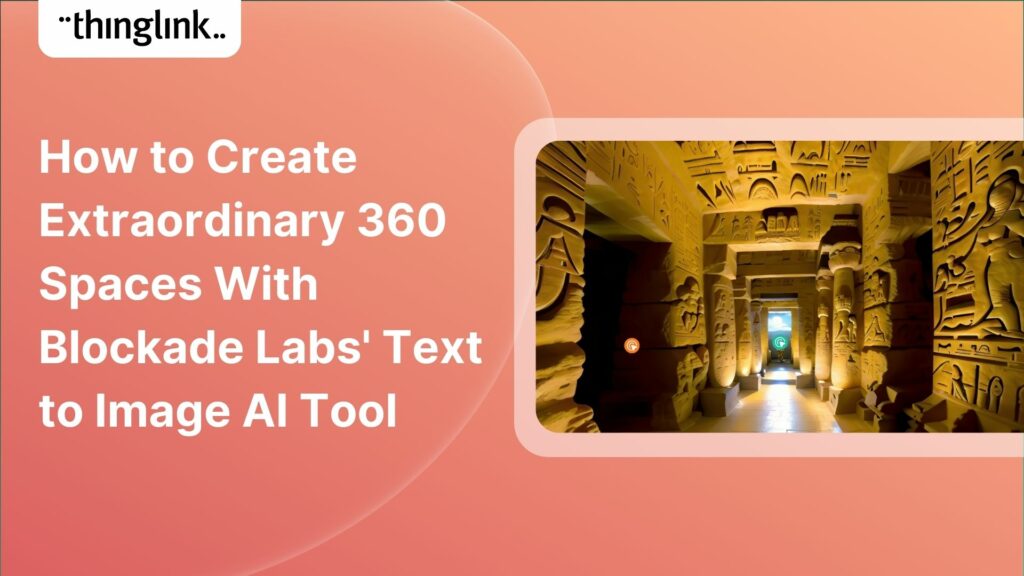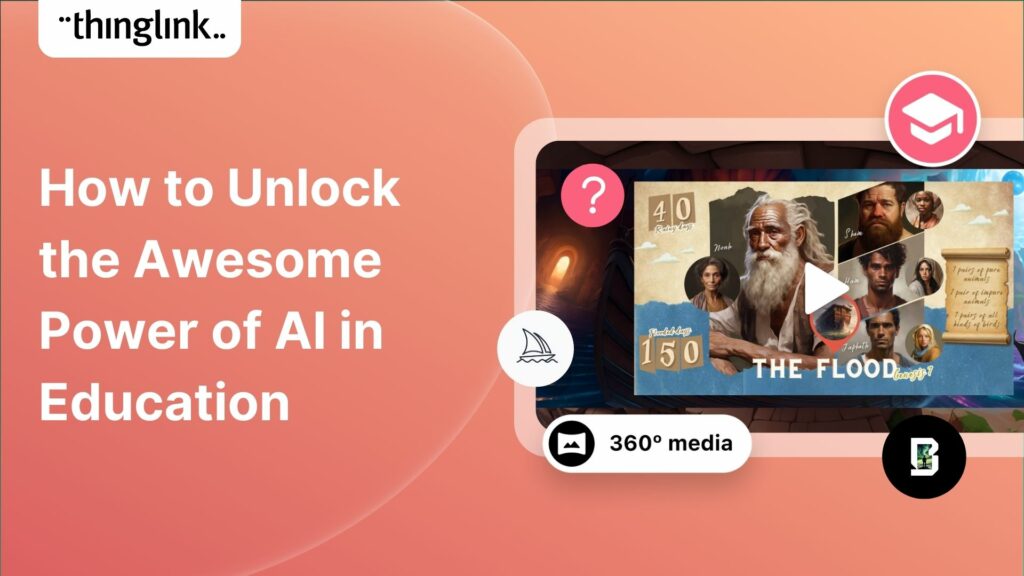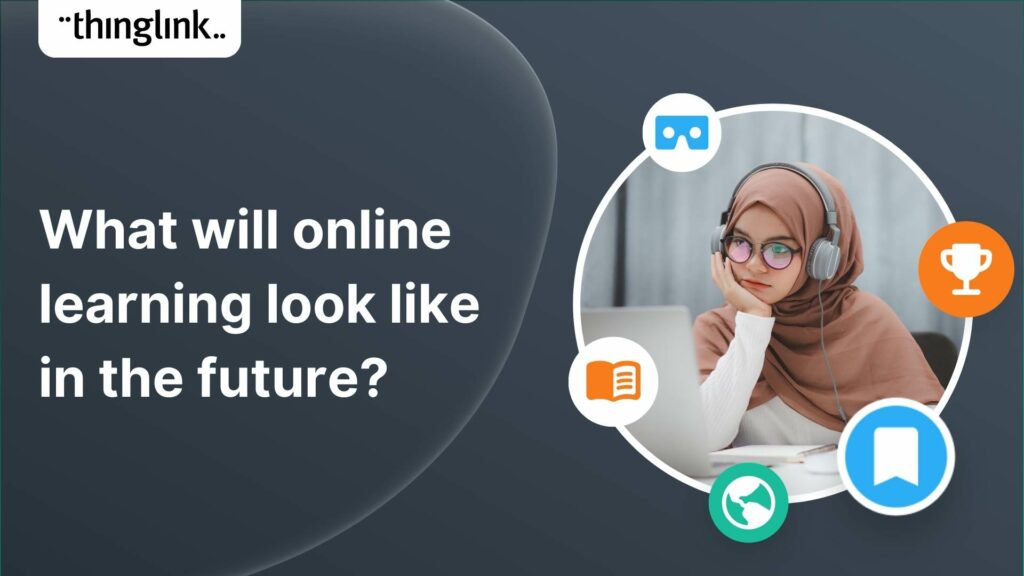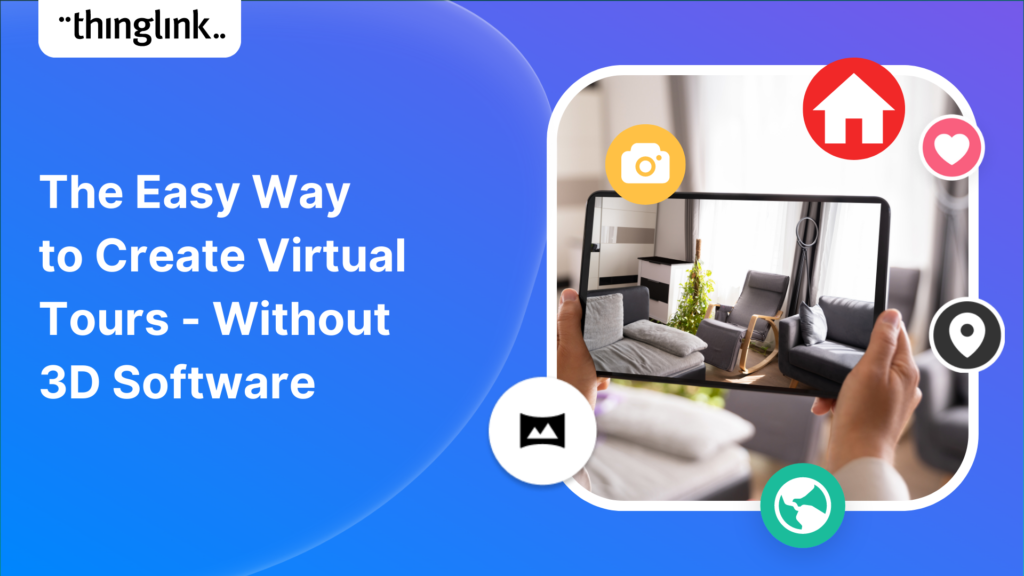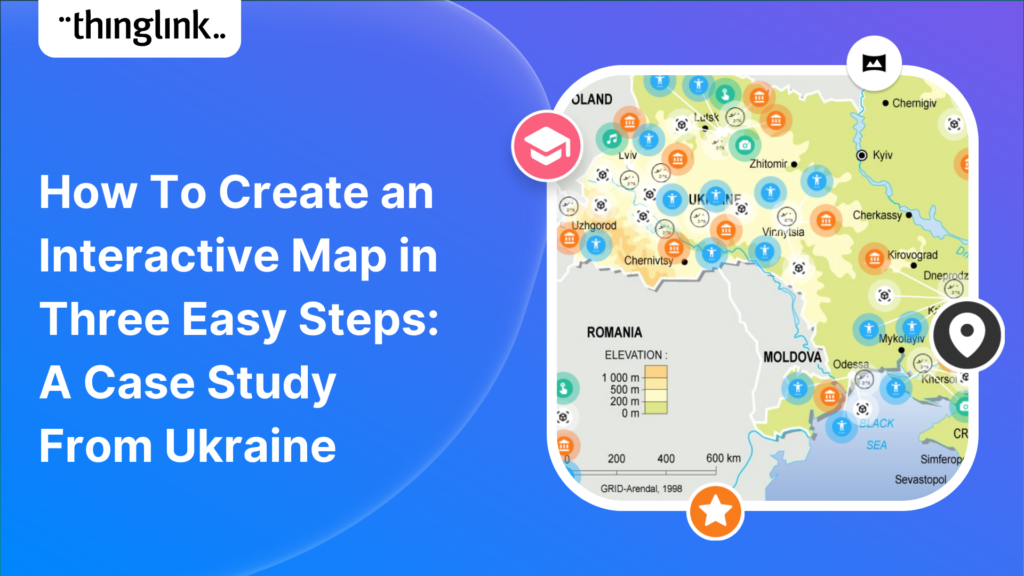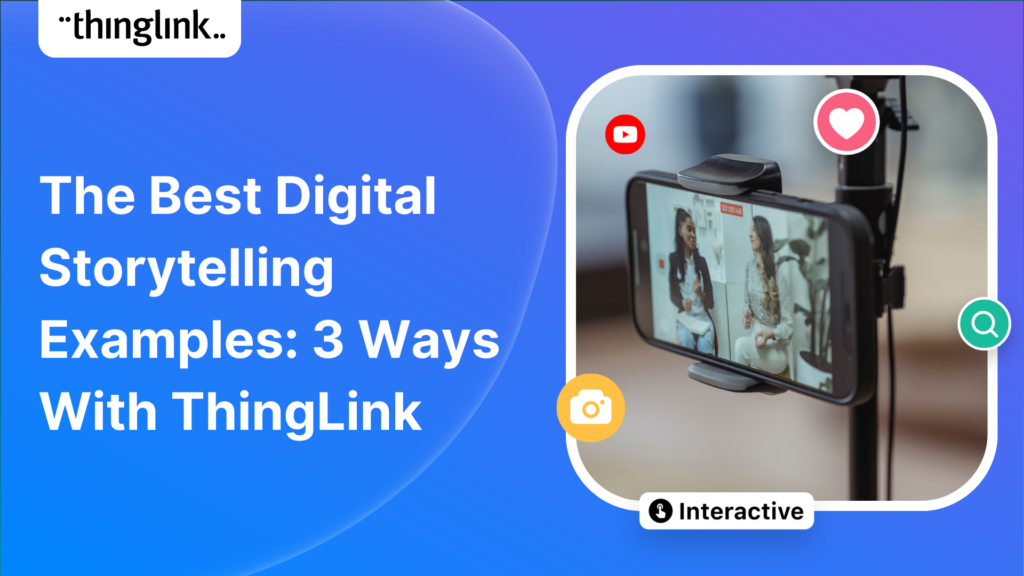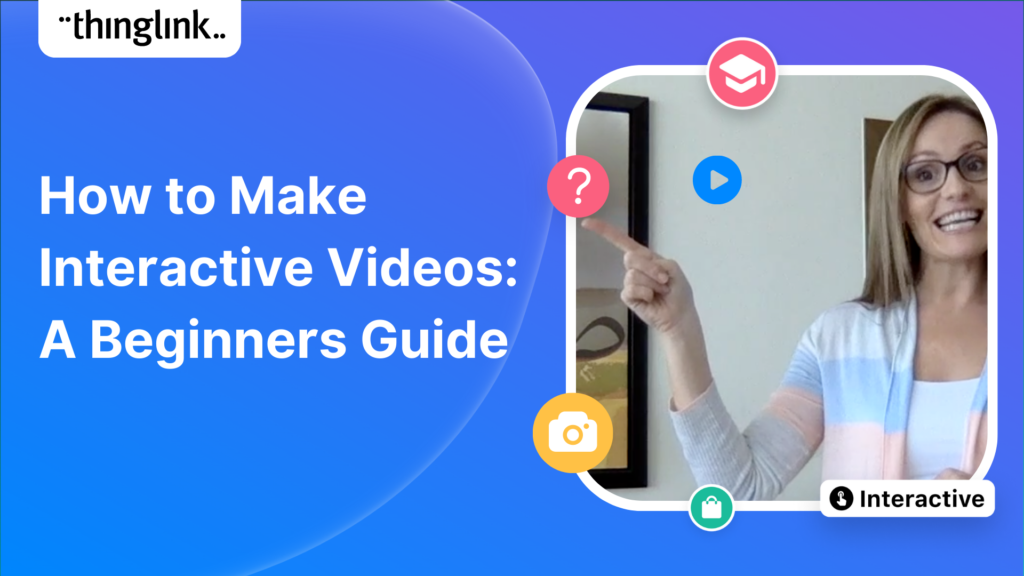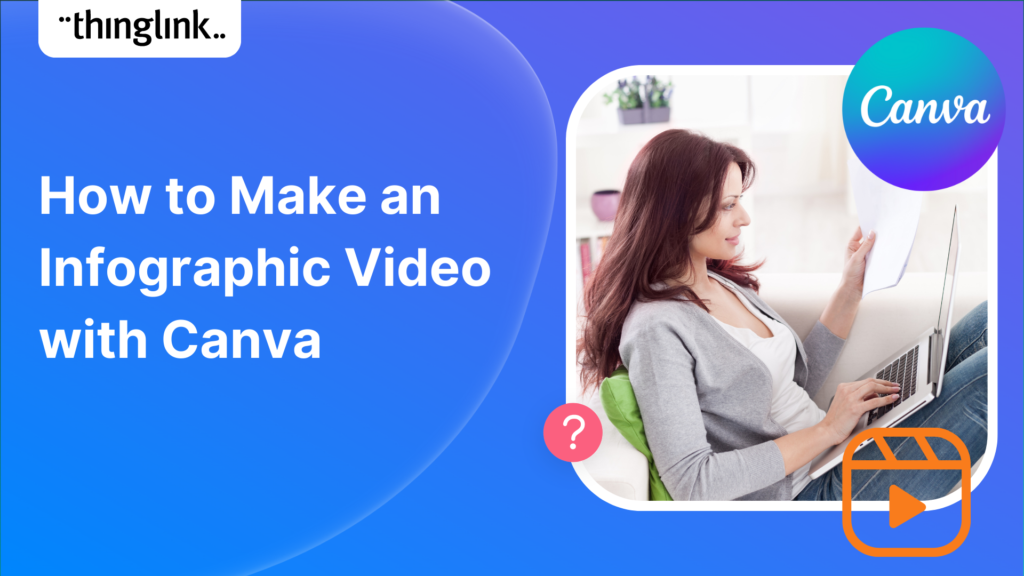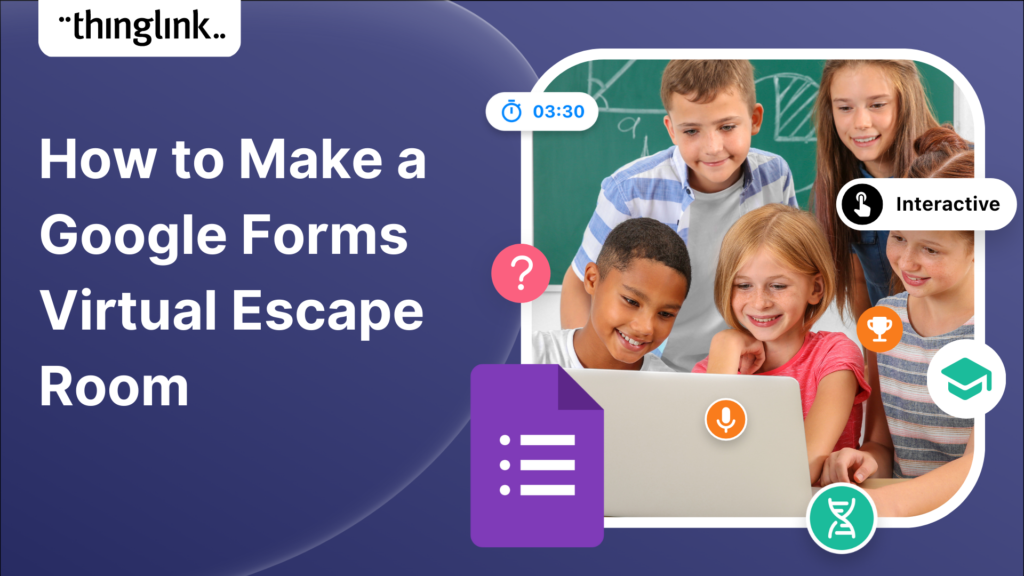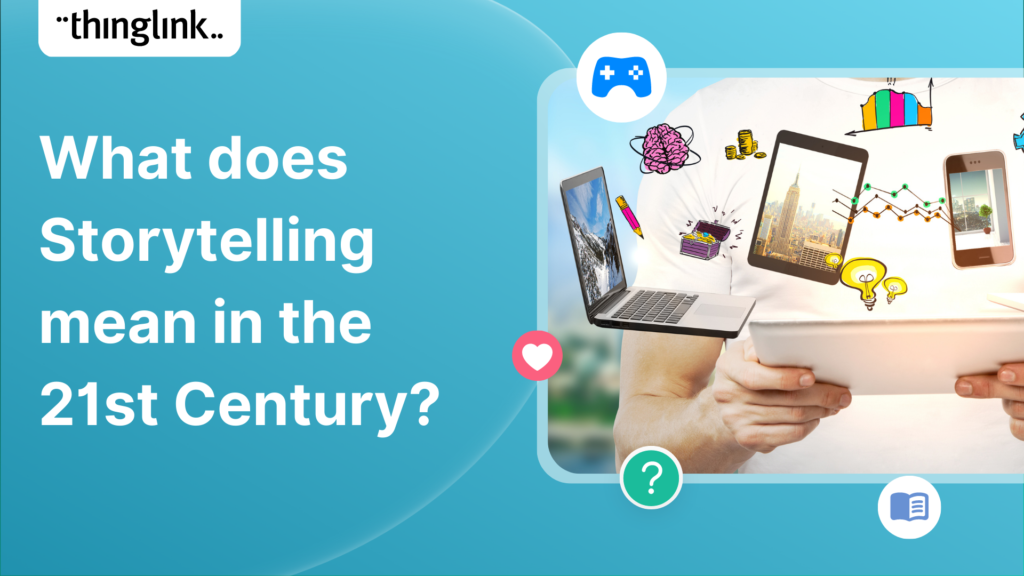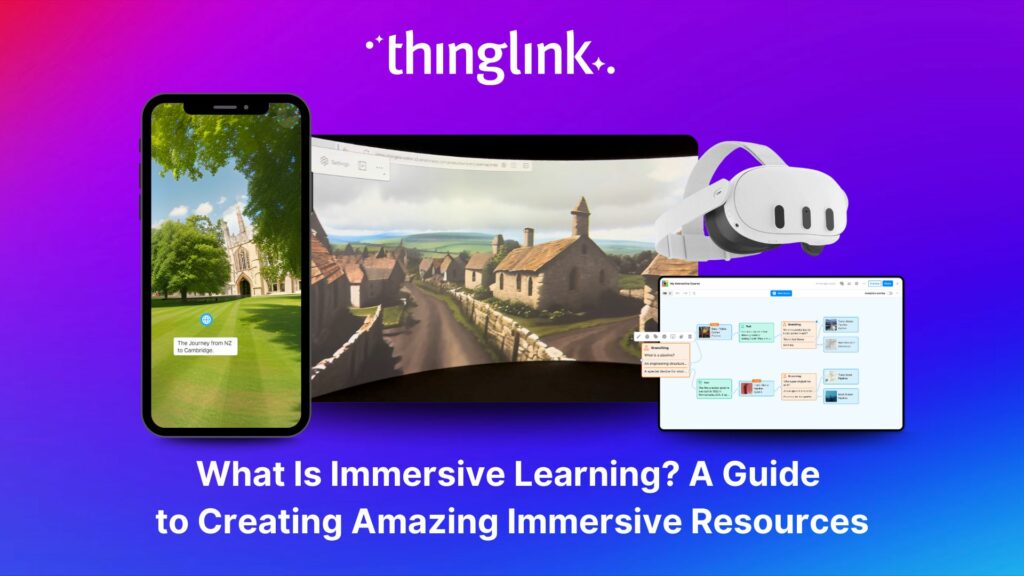
Titanic Uncovered: A Unique Virtual Escape Room for Students
Educator Dwitney Bethel has created an incredible digital escape room using ThingLink’s Scenario Builder, set during the tragic maiden voyage of the Titanic in 1912. Atmospheric, challenging, educational – and most importantly brilliant fun – this is a stellar example of the type of immersive learning content that you can now create with ThingLink Scenario Builder.
Step aboard to learn more!
Book a free consultation
If you’d like to learn more about how you can save resources and effectively support employees or students with impactful training and learning resources, schedule a free call with one of our transformation consultants.
Background to the project
Dwitney is an educator who specialises in the creation of escape room games, digital scavenger hunts, murder mystery and team building games. Her company Urban Escapade hosts the experiences for groups of friends and colleagues, but she is also an online educator on the worldwide home education platform Outschool. Dwitney holds a Bachelor of Honours in History and Development Studies, an M.A. in Public History, and an M.A. in Globalization Studies. With this background in history and a love of all things historical, many of her games and experiences feature a historical setting.
Dwitney started teaching via Outschool shortly before the pandemic, when very few people were offering online escape rooms. She saw an example of a ThingLink escape room on Teachers Pay Teachers, themed around on Charles Dicken’s A Christmas Carol, and realised it had everything her team needed.
Dwitney’s OutSchool classes that she then launched using ThingLink were doing so well, that she launched her online game business full time, creating content using ThingLink.
“When we did ThingLink for the first time it just took off! I had done collaborations with colleges and universities and corporate events, creating team building games and murder mystery events and that kind of thing using it. So just grew and grew. Over the course of the pandemic we created 15 to 16 different projects.”
Dwitney Bethel, Urban Escapade
How this escape room was created
Dwitney had an initial concept of an escape room based on the Titanic, having recently watched a documentary about the ship. She realized that the ship would work well as the location of an escape room experience given the different areas that the users could move through – the deck, first, second and third class and so on. She was keen to create a new approach to exploring the ship and the events leading up to the sinking for students who would have seen the Titanic movie, as well as multiple CGI reproductions of the ship.
A history mystery escape room
Creating a “history mystery” seemed like a great way to allow students to explore the content with fresh eyes and in a more interactive and nuanced way. At all times Dwitney and her team have kept as faithful as possible to the design of the period and reflect in each “class” of the ship the realistic items that might have appeared there.
The escape room has weaved together historical fact with a fictional storyline that is engaging and exciting, as Dwitney puts it “a thin line of fact and fiction, which doesn’t go too much outside of the realm of possibility.” Dwitney’s team introduced a fictional “saboteur” character – which avoided the potential difficulty of the students having to assign blame for the tragedy on one of the real individuals involved. It was also very important to Dwitney and her team that they respect the real event and the people that lost their lives.
Teaching analytical skills in ThingLink
The escape room demonstrates to students the importance of assessing evidence in an objective way. Dwitney wanted to show how evidence could be manipulated, and landed on the idea of a faked weather report. Students go through a simulation of one day during the voyage to explore witness statements, transmissions, newspapers and other primary source documents. Every piece of evidence is found by exploring the tags throughout the scenes, which may contain images, text, music or videos. Whilst working through the puzzles, additional help and support is provided by an animated AI assistant who provides additional evidence that he has “discovered”.
ThingLink Scenario Builder: Perfect tool for creating multi-linear learning
Whilst working on the renders, Dwitney heard about ThingLink’s new Scenario Builder tool. She had been keen to add some sort of timer to her games but this wasn’t possible using the main ThingLink editor. Having explored what ThingLink Scenario Builder was capable of creating, Dwitney realised that the format would provide the ideal way for students to explore the ship their way, without being told where to go next. They can move between floors in a “choose your own adventure” way, using multi-linear paths and using their reasoning skills to deduct where they should go next. A wrong decision has consequences, such as not being able to reach the lifeboats in time.
“We decided; let’s fictionalise the mystery part of it, but do it in a way where they can still go through the historical accounts. We wanted to do a mix of puzzles as well as trivia questions as well as just exploring stuff. So we added videos and clips and a lot of multimedia – to make it innovative and fun.”
Dwitney Bethel, Urban Escapade
Designing the graphic elements of the escape room
Dwitney works remotely with an architectural designer who creates the 360 renders using Sketchup, although a similar 360 scene could be created easily using the Skybox integration within the ThingLink creation flow*. The AI assistant was created very simply using Canva, with a video on a loop and an audio file added which Dwitney had created using a text-to-speech converter. She also used Canva for creating much of the imagery and pieces of evidence.
How do students use this escape room?
Students work through the escape game tutorials either in groups or individually, with Dwitney on screen to help them if they get stuck at any point! Depending on the age of the students, she sometimes also provides background information, instructions or evidence before the game starts, for students to read up on.
When completing the challenge in a group, one student might write down all the evidence the group finds. They then discuss which floor to visit next and decide as a group the course of action. Dwitney helps them through as a guide when required, and asks them to name their top two suspects. The students then discover if they were correct!
What do students think of the escape room?
Dwitney has received excellent feedback from both students and their parents for this latest escape room. This has led to students and parents requesting more escape room lessons from Dwitney on Outschool.
“This is the most fun we’ve ever had we can’t wait to do more!”
Student feedback
Students respond that they enjoy controlling the direction of the experience and being responsible for their decisions, rather than being told where to go and what to do next. Dwitney has taught students from Indonesia, Australia, New Zealand, Malaysia, the UK and will often be given requests for the theme of a new escape room.
“The kids will always give me ideas for the next one. They may ask for one themed around their favorite TV shows or they might say that they enjoy fantasy stuff or sci-fi. So I’m always trying to think of new themes and coming up with something different.”
Dwitney Bethel, Urban Escapade
Why do escape rooms make such excellent teaching resources?
Escape rooms work so well from a pedagogy point of view because they teach so much more than the subject material contained within them! Integral to every escape room are problem-solving skills and reasoning, as well as working under pressure if you use a timer. However, use them as virtual team activities, and you add a whole other level of soft skills such as teamwork, co-operation and group decision making.
For a great use of this in action, see our case study on the medical escape room created by Dr Abhi Jones for remote teams of students at the University of Central Lancashire. Whilst team building activities were not in fact the main remit of the challenge, the qualitative feedback from students was that it was an invaluable exercise for improving communication, delegation, operating as a team under stress and looking after other team members.
Benefits of creating a virtual escape room
Unlike a physical escape room, where there are certain limitations to the setting, a virtual breakout room is only limited by your imagination, creativity or graphic design skills and platforms available to you and your team. You can therefore create an epic or fantastical setting, or one steeped in a specific historical era or location. Perhaps a Harry Potter themed escape from Hogwarts for younger students? Or one based on a favourite movie, TV or book series for older students? You can now create limitless fantasy worlds in immersive 360 for your ThingLink escape rooms and other games with our Skybox integration!*
Create your own virtual escape room
Escape rooms are so simple to create with ThingLink – and you can choose whether to use ThingLink Scenario Builder as Dwitney did, or simply to use the ThingLink main editor.
Creating Escape Rooms in the main ThingLink editor
Here is an example below of how you can create one this way. We have used maths riddles in all our rooms, which we have themed to match each room or space. But the questions and content could be on any subject. Simply add a Transit Tag – and turn “Conditional Transition” on. Only by entering the correct answer can the user “escape” to the next room in sequence. They keep moving through rooms, areas or scenes, having to answer questions in the tags each time, until they reach the final room and escape. You can add clues in tags in each room as they go which they need to escape each individual room, as well as for the final challenge in the last room in the sequence.
Creating Escape Rooms in ThingLink’s Scenario Builder
The difference between creating escape rooms in the main ThingLink editor and in ThingLink Scenario Builder is that instead of one linear path that the user has to take from room to room, you can create multiple paths or consequences in ThingLink Scenario Builder depending on the choice or response. A choose your own adventure game! You can also add the timer function to the entire game, or to individual sections with ThingLink Scenario Builder.
“Because I can now use Scenario Builder, this is the first time that I could really go all out without constraint. This is probably the most excited I’ve ever been for a project because I had the Titanic theme on the back burner for a long time. Because until now we didn’t have the tools to do it the way that I actually wanted to do it.”
Dwitney Bethel, Urban Escapade
ThingLink: A responsive platform that adapts to user needs and feedback
“I told ThingLink about the areas that I would have liked to change over the years. They’ve always kept me up to date with any changes and that’s how [my work] has been able to grow. So as ThingLink added different features, I did as well. And so it’s been a great tool and resource for me.”
Dwitney Bethel, Urban Escapade
If there is a feature or development you would like to suggest for ThingLink, please get in touch! Our team are always open to new ideas: in fact many of the new features that we have introduced over the last few years have been a direct result of our customer feedback and suggestions. We also love to see how you have been using ThingLink, so if you would like to be featured in a similar case study, do let us know!
* Please note that the ThingLink Skybox integration is only available on school/organizational accounts.
More escape room ideas from our blog
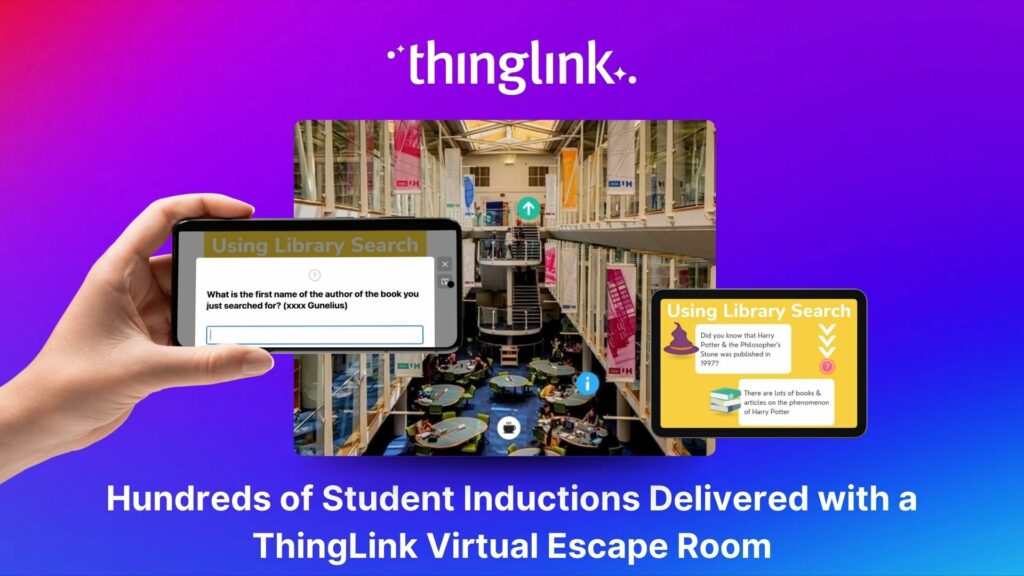
A guide to creating amazing immersive learning resources
Create your own scenario based learning with our new templates
CASE STUDY: Using ThingLink to develop virtual team building
More inspiration this way!
Join our active groups and communities on social media for more inspiration:
